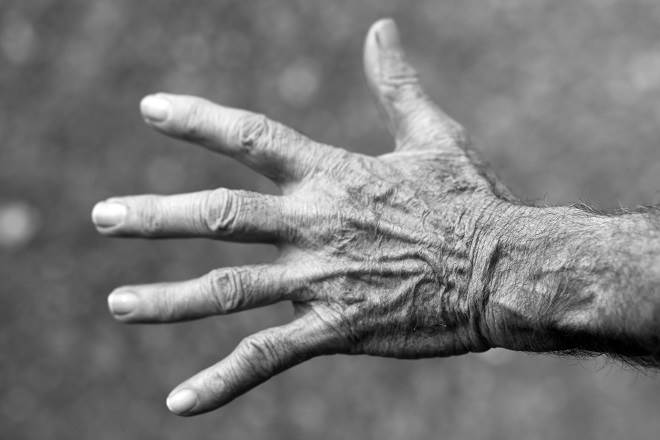Home Treatment for Arthritis Pain: A Practical Guide
Home treatment for arthritis pain is a topic that often captures attention among those seeking ways to ease discomfort outside of clinical settings. Approaches can include natural remedies, targeted exercises for arthritis relief, and dietary adjustments aimed at reducing inflammation. While these methods may help manage arthritis pain at home, it is important to understand their benefits, limitations, and when professional medical guidance may be necessary.

What does arthritis pain mean for those affected?
Arthritis pain typically manifests as discomfort, stiffness, and inflammation in the joints. For many, this pain can range from mild to severe, often worsening with age or increased activity. Common symptoms include swelling, reduced range of motion, and a feeling of warmth in the affected joints. Understanding the nature of arthritis pain is the first step in developing an effective home treatment plan. It’s important to note that while arthritis is often associated with older adults, it can affect people of all ages, including children.
Which common home remedies can help alleviate arthritis pain?
Several home remedies have shown promise in managing arthritis pain. One of the most accessible is the application of hot and cold therapy. Applying heat to stiff joints and muscles can help increase flexibility and reduce pain, while cold therapy can numb pain and decrease inflammation. Over-the-counter topical treatments, such as creams containing capsaicin or menthol, may also provide temporary relief. Additionally, some people find that soaking in a warm bath with Epsom salts can help ease joint pain and stiffness. Gentle massage of the affected areas may also improve circulation and reduce pain.
What exercises and stretches are beneficial for arthritis relief?
Regular physical activity is crucial for managing arthritis symptoms. Low-impact exercises such as swimming, cycling, and walking can help maintain joint flexibility and strengthen the muscles supporting the joints. Gentle stretching exercises, particularly those focusing on range of motion, can help reduce stiffness and improve mobility. Yoga and tai chi are excellent options for combining stretching with mindfulness, which can help manage pain perception. It’s important to start slowly and gradually increase the intensity and duration of exercises, always listening to your body to avoid overexertion.
How can dietary and lifestyle adjustments impact arthritis symptoms?
Diet plays a significant role in managing arthritis symptoms. Foods rich in omega-3 fatty acids, such as fatty fish, walnuts, and flaxseeds, may help reduce inflammation. Incorporating anti-inflammatory foods like leafy greens, berries, and olive oil into the diet can also be beneficial. Some individuals find relief by eliminating potential trigger foods, such as those in the nightshade family (tomatoes, peppers, and eggplants). Maintaining a healthy weight is crucial, as excess weight puts additional stress on weight-bearing joints. Lifestyle adjustments such as quitting smoking and reducing alcohol consumption can also contribute to better overall health and potentially reduce arthritis symptoms.
What are some practical tips for managing arthritis pain at home?
Managing arthritis pain at home involves a combination of strategies. Using assistive devices, such as jar openers or ergonomic tools, can reduce strain on affected joints during daily activities. Practicing good posture and using proper body mechanics when lifting or carrying objects can help prevent unnecessary stress on joints. Creating a sleep environment that supports proper alignment and comfort is essential for reducing morning stiffness. Stress management techniques, such as deep breathing exercises or meditation, can help cope with chronic pain. It’s also important to pace activities throughout the day, alternating between periods of activity and rest to avoid overexertion.
How can one create an effective home treatment plan for arthritis?
Developing an effective home treatment plan for arthritis requires a personalized approach. Start by keeping a pain journal to track symptoms, activities, and potential triggers. This information can help identify patterns and inform which strategies are most effective. Consult with a healthcare provider to ensure that home treatments complement any prescribed medications or therapies. Set realistic goals for pain management and mobility improvement, and be prepared to adjust the plan as needed. Incorporating a variety of techniques, such as those mentioned in this guide, can provide a well-rounded approach to managing arthritis symptoms at home.
In conclusion, home treatment for arthritis pain involves a multifaceted approach that addresses pain management, physical activity, diet, and lifestyle factors. By implementing a combination of these strategies, individuals with arthritis can work towards improved comfort and functionality in their daily lives. Remember that what works best may vary from person to person, and it’s important to be patient and consistent when trying new methods of pain relief.
This article is for informational purposes only and should not be considered medical advice. Please consult a qualified healthcare professional for personalized guidance and treatment.




